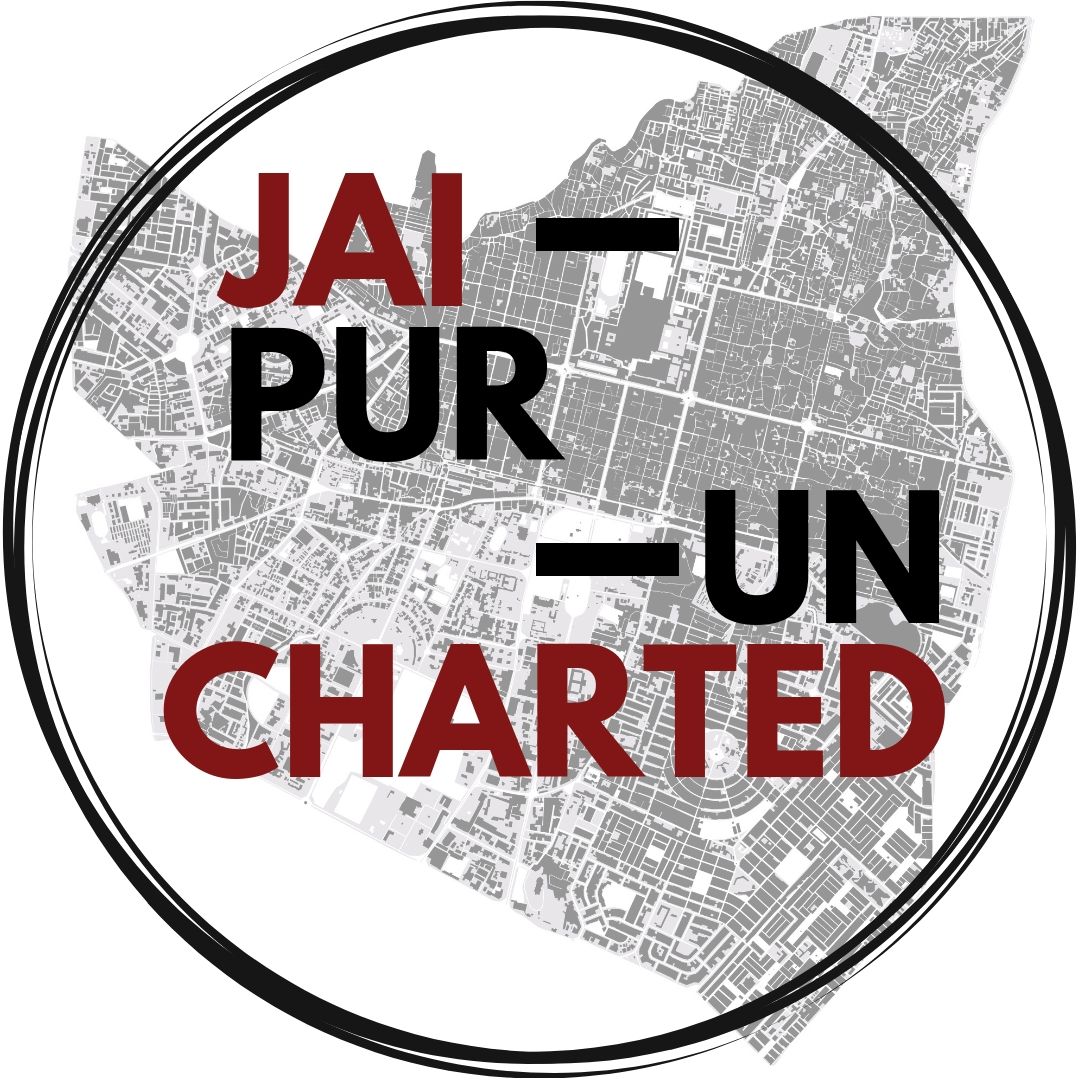The most astonishing fact about the city is not its planned regularity since there have been other cities built precisely to plans (Sisupalgarh, Orissa), but that the city was completed and inhabited within a short span of 7 years. A reading of its history divulges no clue to any urgency that might have necessitated its speedy execution. Its population comprised mostly of the extensive administrative staff, the standing army and the wealthy businessmen and Jagirdars who were invited to reside in Jaipur and whose houses the State built and delivered against payment.

The city seems to have been built totally for political reasons. Sawai Jai Singh wished to elevate his status as the ruler of an important critical state, by building a city with wide straight roads flanked by ‘grand’ buildings where his guests (the Mughal Emporer or perhaps the European astronomers) could be impressed. Amber, his former capital, was like most Rajput capitals, secure, with labyrinth streets and an old-world charm of springing surprises at a visitor with every turn in those streets.
The citing of the Jaipur on the pilgrimage route of the Mughal Emporer from Shahjahanabad to Ajmer, which was also an important trade route to the town of Sanganer and beyond marks a change, as the city was built for reasons more than security.
